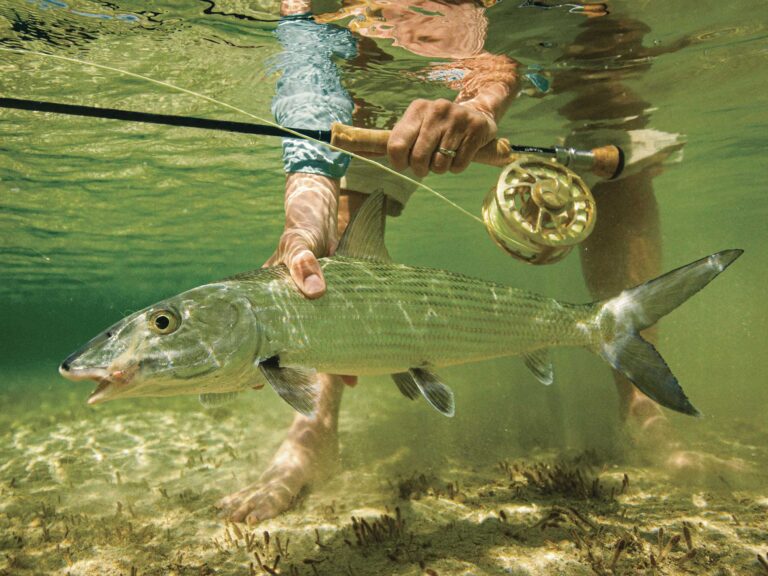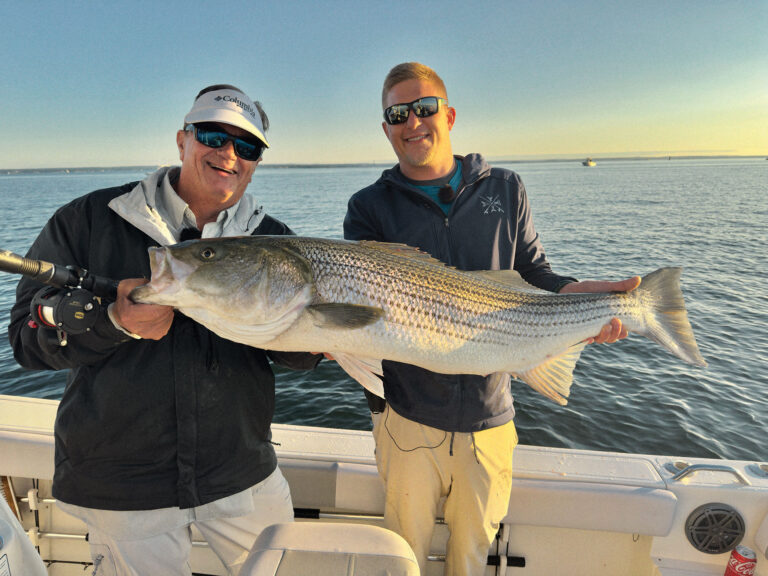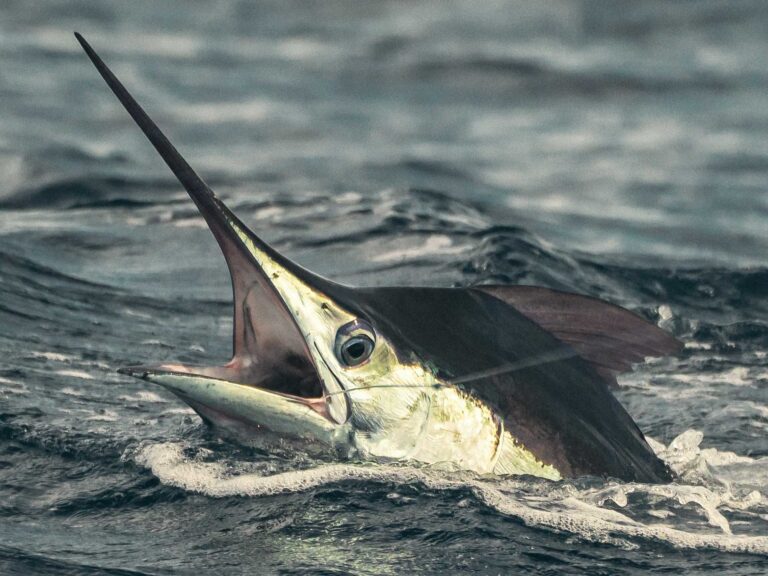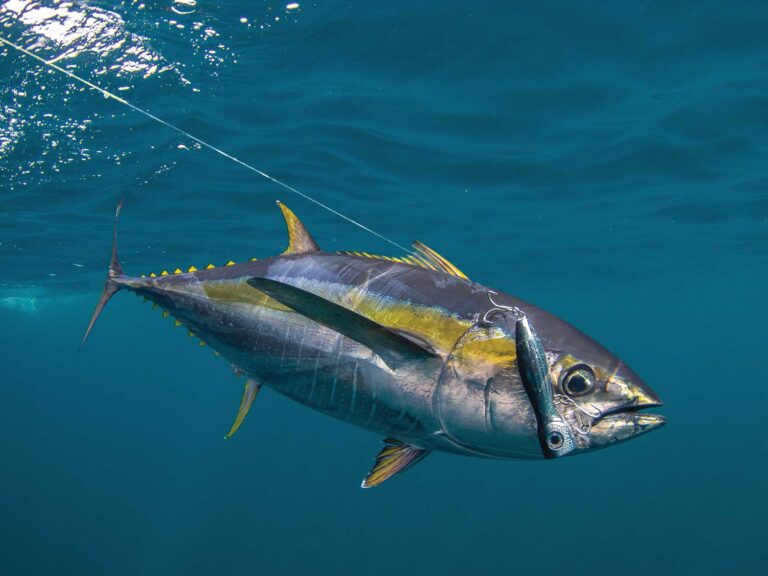
The Next Great Artificial Reefs?
As the energy industry evolves, scientists study how offshore wind infrastructure impacts fish populations and angling.

As the energy industry evolves, scientists study how offshore wind infrastructure impacts fish populations and angling.

Here’s how to align the factors for success and how not to screw it up, according to three top native Bahamian guides.

Trophy striped bass are being caught in Western Long Island. Use these tips to target them on topwater plugs and jigs.

The tactics and techniques forged in this historic resort town impact big-game and tournament fishing worldwide.

From kings and silvers to lingcod and halibut, Wild Strawberry Lodge offers anglers an amazing fishing experience.

Yellowfin tuna frenzies abound in the Gulf of Chiriqui. Learn how to fish them and a variety of other species.

The Blackfin 262 HB combines an efficient, smooth ride with numerous creature comforts and hardcore fishability.

The latest technology in materials and construction allows anglers to use boat lights to turn night into day.